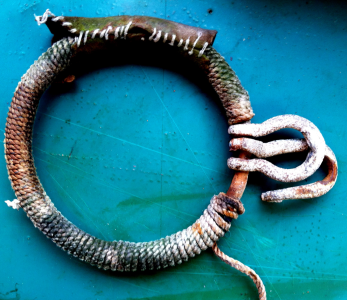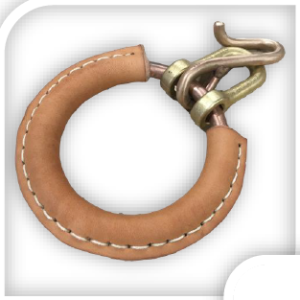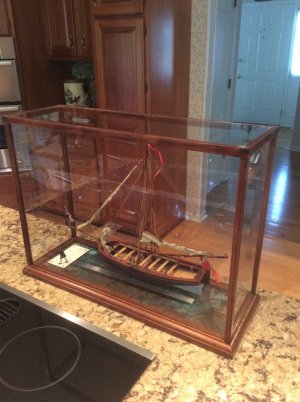- Joined
- Oct 9, 2020
- Messages
- 2,204
- Points
- 488

Hello,
I was wondering if someone could explain to me the purpose of the bowsprit traveller ring?
I don't get why some models have it and some don't
Thank you
I was wondering if someone could explain to me the purpose of the bowsprit traveller ring?
I don't get why some models have it and some don't
Thank you









